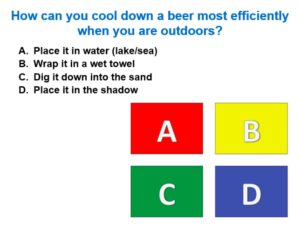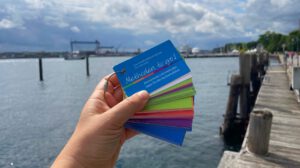
Guest post by Kjersti Daae: Using voting cards to increase student activity and promote discussions and critical thinking
I got permission to publish Kjersti Daae‘s iEarth conversation on teaching (with Torgny Roxå and myself in April 2021) on my blog! Thanks, Kjersti :-) Here we go: I teach…

